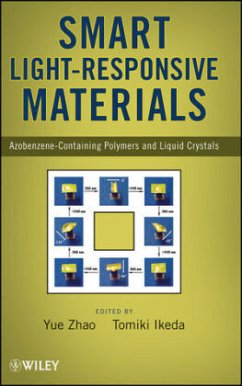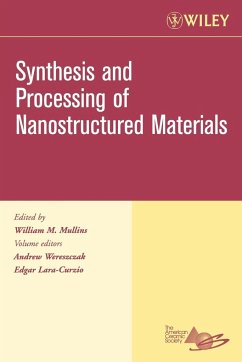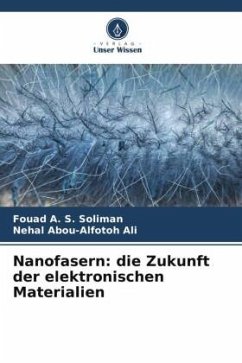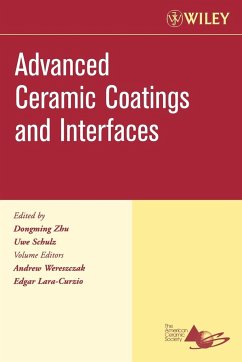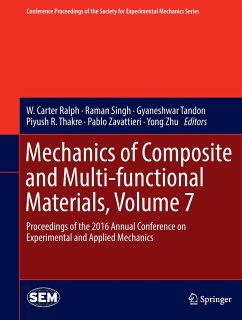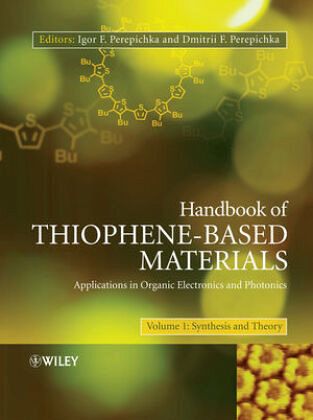
Handbook of Thiophene-Based Materials, 2-Volume Set
Applications in Organic Electronics and Photonics
Herausgegeben von Perepichka, Igor F.; Perepichka, Dmitrii F.

PAYBACK Punkte
216 °P sammeln!
Consisting of a series of critical reviews, written by leading researchers in the field of conjugated polymers and polythiophenes, Thiophene-Based Materials for Organic Electronics and Photonics systematically and comprehensively covers all main aspects of recent academic research and technological applications of thiophene-based materials. This application-oriented book provides a chemists' point of view on the state-of-art and perspectives of the field, and shows students and researchers how the rational molecular design of materials can bring a new breadth to known device applications or even aid the development of novel application concepts.
This essential resource consists of a series of critical reviews written by leading scientists, summarising the progress in the field of conjugated thiophene materials. It is an application oriented book, giving a chemists point of view on the state of art and perspectives of the field. While presenting a comprehensive coverage of thiophene based materials and related applications, the aim is to show how the rational molecular design of materials can bring a new breadth to known device applications or even aid the development of novel application concepts. The main topics covered include synthetic methodologies to thiophene based materials (including the chemistry of thiophene, preparation of oligomers and polymerisation approaches) and the structure and physical properties of oligo and polythiophenes (discussion of structural effects on electronic and optical properties). Part of the book is devoted to the optical and semiconducting properties of conjugated thiophene materials for electronics and photonics, and the role of thiophene based materials in nanotechnology.



